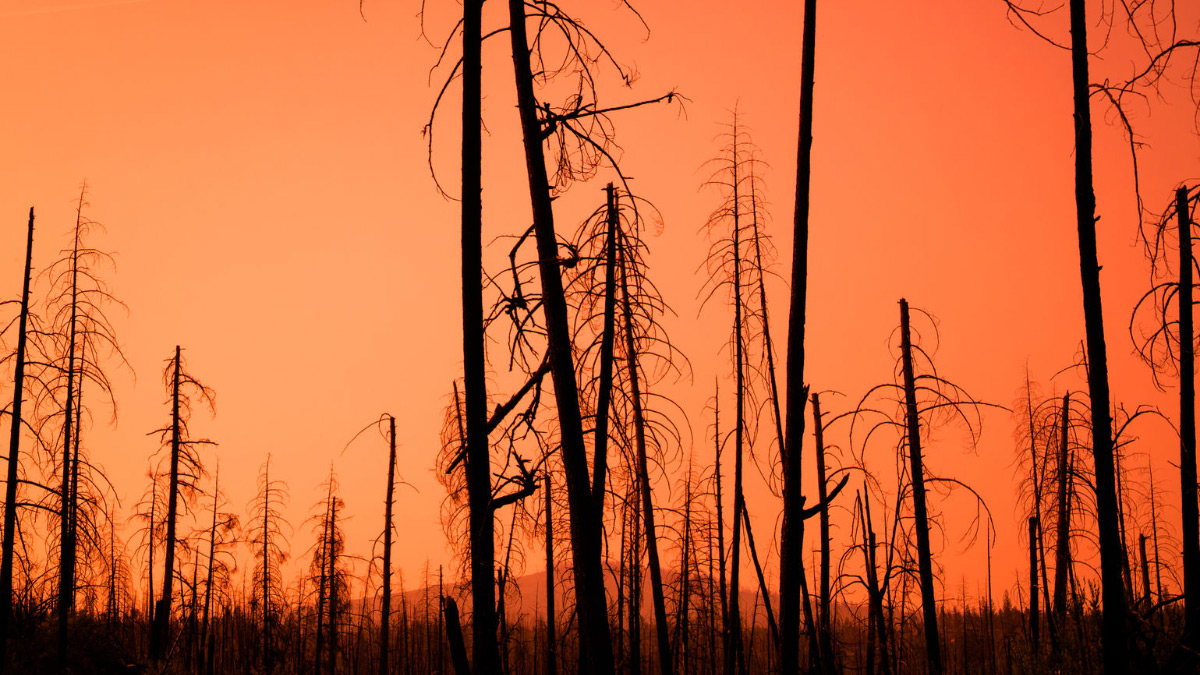The release of the U.S. Climate Science Special Report—with its warning of worsening U.S. natural disasters—has sparked a renewed cry for global efforts to fight climate change. In California, outgoing Gov. Jerry Brown was quick to identify climate change (i.e., global warming) as the culprit behind the deadliest wildfire season the Golden State has seen. Because this past season did bring incredibly destructive fires, Californians deserve to know what created this perfect storm and what can be done to prevent it in the future. However, simply shouting “climate change” doesn’t offer the state’s citizens a thorough explanation, nor does it yield tangible solutions that we can begin to implement now.
The primary effect of CO2 in the atmosphere on plant life is to increase the rate of growth. Thus one could argue that global warming has led to increased vegetation, which then contributed to the overgrowth throughout California’s forests and grasslands. But is that what actually happened? We can look to global temperatures as an indicator of increased levels of CO2 in the atmosphere—so how much have temperatures increased? According to the Western Regional Climate Center, California’s temperature has increased 1 degree since 1895, meaning the rate of increase is about 12-hundredths of a degree Celsius per decade.
Another noteworthy fact is offered by the National Centers for Environmental Information (part of the National Oceanic and Atmospheric Administration, or NOAA). According to a NOAA report, the average U.S. temperature has not increased at all in the past 18 years. That’s a zero increase since the first U.S. National Climate Assessment. Consequently, the governor makes quite a leap to claim that any substantial evidence exists to directly link climate change/global warming to our devastating wildfire season.
Regardless, increased plant life alone does not directly translate into fuel for wildfires. Plant life must be dry and flammable. Enter the drought. It is widely acknowledged that despite the heavy rains of the winter of 2016 and 2017, the effects of California’s most recent drought (2011-2015) continue to be felt. With water restrictions still in place across the state, residents must let the vegetation on their property go dry in the summer, creating more fuel for the fire season.
Moreover, state policy diverts freshwater to the Sacramento River delta in an attempt to protect the endangered Delta Smelt. From 2008 to 2015, 1.4 trillion gallons of water were flushed from the delta straight into the San Francisco Bay. Additionally, water subsidies to Central Valley farmers misallocate water, leading them to grow water-intensive crops even in times of drought. These and other policies have exacerbated the effects of the drought, leaving California residents more vulnerable to fire.
Despite what one might conclude from recent headlines, most forest managers and environmentalists believe that California’s forests and grasslands are overgrown. “The vast majority of the mainstream environmental community is on board [with forest thinning],” said Rich Gordon, president of the California Forestry Association, the industry’s main lobbying group in Sacramento.
In August Gov. Brown proposed “broad new changes to California’s logging rules that would allow landowners to cut larger trees and build temporary roads without obtaining a permit as a way to thin more forests across the state.” So the same crowd currently lambasting those who call for land-management reform acknowledges that thinning is part of a viable solution to the threat we face.
Rather than blaming the citizens’ CO2 emissions for the devastation they’ve suffered, Brown should consider his own policies and advise incoming Gov. Gavin Newsom accordingly. Californians deserve real solutions that can be implanted immediately to prepare for next season’s fires.
Three known contributing factors that can be addressed are water management, logging practices, and grazing policies. By allowing market forces to allocate our precious water, we can ensure it is more efficiently used. And by further lifting restrictions on logging and grazing, California’s forests and grasslands can receive the maintenance they desperately need.








